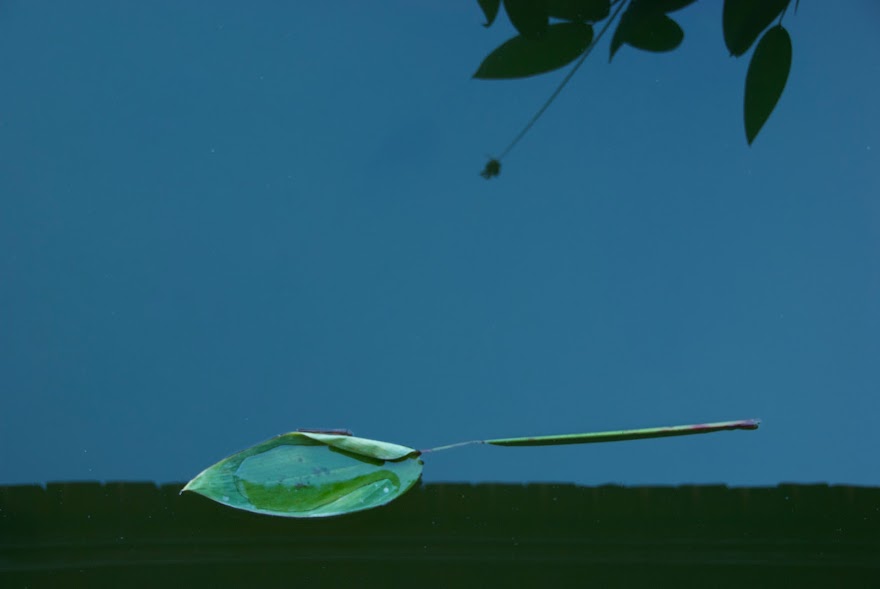I suppose most people in at least the western world know of the storming of the Bastille on July 14, 1789, which the French have made a national holiday. I pictured this as a crowd of justly outraged citizens pouring into a notorious prison and releasing hundreds of ill treated prisoners of the past regime. The excellent THE DAYS OF THE FRENCH REVOLUTION by Christopher Hibbert which I recently read taught me I was wrong.
The Bastille was a huge building, originally built in the Fourteenth Century as a fortress, with walls eighty feet high. It was among the more humane prisons in France at the time of the Revolution. Prisoners were allowed to bring in their own furniture. The food was adequate. And the dungeons had not been used for years. I quote from the book:
In the late spring of 1789 the Bastille held only seven prisoners, none of whom was of much importance. Four were forgers, who had been transferred there from other, over-crowded prisons; one was a mentally unbalanced Irishman, who believing himself alternately to be either Julius Caesar or God, was thought to be a spy; the sixth, also deranged, was suspected to be involved in a plot to assassinate the King; the last was the Comte de Solages whose family had arranged for him to be committed for incest.
The mob freed these men in what history has told us was a great act of liberation and tore the mild, indecisive and terrified governor, the Marquis de Launay, to pieces.
My education continues.
Carol and I watched THE BRUTALIST two evenings last week. At more than three hours long, the film courteously presented an Intermission halfway of which we took advantage.
THE BRUTALIST is an excellent film and infinitely superior to ANORA, which we have also seen. That ANORA won the Academy Award for best picture is the equivalent of Bob Dylan being awarded the Nobel Prize for Literature.
THE BRUTALIST is brutal as was the experience of all the Holocaust surviver immigrants with some added unusual brutality experienced by the main character, Laszlo Toth, an Hungarian Jew architect.
I thought that the name of Brutalist architecture came from the English word ‘brutal’ but googled and learned that it comes from the French beton brut meaning ‘raw concrete’.
My education continues.
We also chanced upon an impressive documentary at Amazon Prime, THIS MOUNTAIN LIFE, about people experiencing the mountains of British Columbia. They feel about mountains the way I feel about the ocean. I understand. One might also feel this way about the desert and perhaps regions of ice. But not cities into which the mass of our species are increasingly concentrating themselves. They include a snow artist, a mountain climber, nuns, a reclusive couple, an avalanche surviver, and to me most impressively a sixty year old woman and her daughter who walked, skied and snow shoed, 2300 kilometers/over 1400 miles, through the coast mountains from near Vancouver to Skagway, Alaska in winter. They had food drops every week or so, but carried everything else with them in backpacks and towing small sleds. They crossed rivers in a cheap inflatable using snow shovels as paddles and slept in a two person tent in temperatures below -20F/-9C. I am filled with admiration. The film is beautifully photographed.
Here are links to a Wikipedia article about it and its website.
https://en.wikipedia.org/wiki/This_Mountain_Life
By Yakamochi, Lord Oromo, about 741.
By Patrick Kavanagh, 1904-1967.



8 comments:
You weren't entirely wrong about Brutalism, or as it started out, the New Brutalism. It was a name given to "Raw Art". Le Corbusier popularized unfinished concrete (beton brut) as a building material shortly after, and that architectural style then became a manifestation of Brutalism.
My wise wife tells me she learns something new every day! And she encourages me to do so too, very wise way to live indeed!
Respectfully,
Rich
Wise wife indeed.
Love both poems! Thanks He-Man!
I am always pleased when someone likes the poems.
And you're not entirely wrong, either.
Hi, just finished your book Storm Passage, from my late father’s collection of sailing books. It was an enjoyable read and brought back memories of our family’s two months at sea (albeit on a freighter) and our visit to Tahiti back in 1974-1975. Glad to find out you survived all your sea adventures!
Thank you for reading the book and commenting. We were in Tahiti about the same time, now fifty years ago. The island has changed a lot since then, but so have I.
Post a Comment